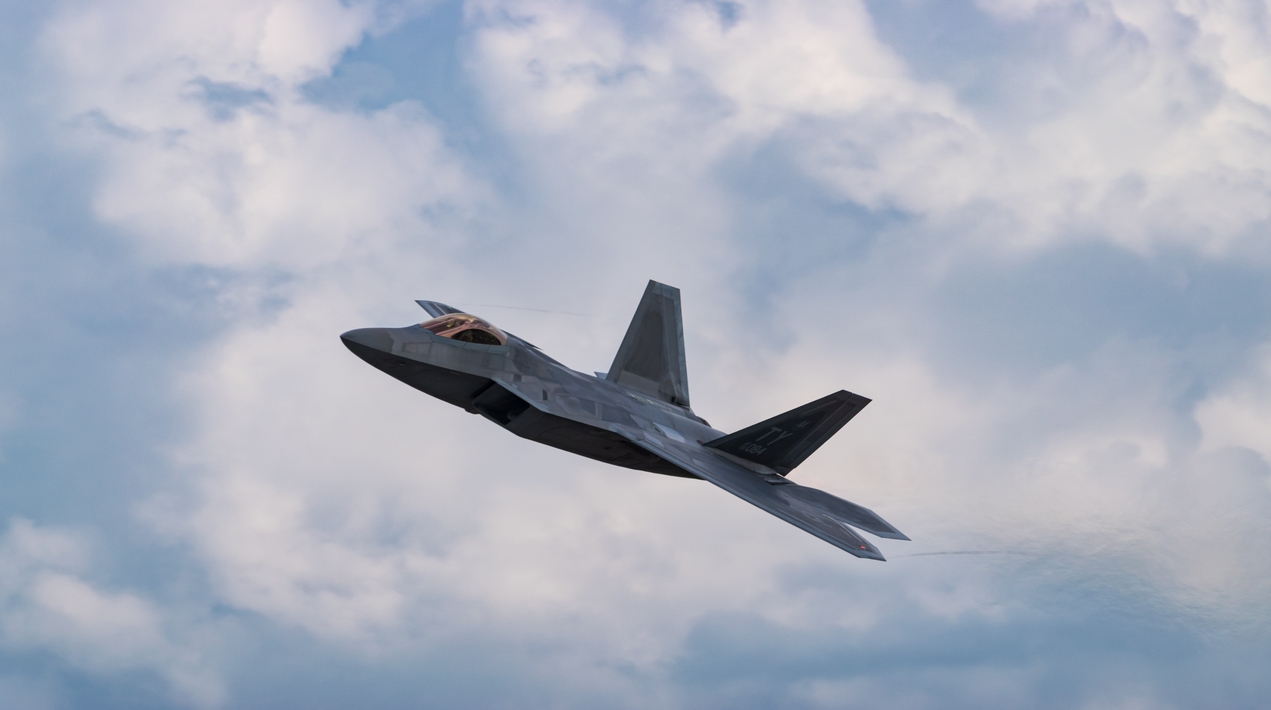
Japan has begun to develop unmanned, remote-controlled jet fighter capable of breakneck manoeuvres that will be deployed as early as 2035, bracing for further advancements in China’s military technologies and the rise of drone warfare.
Currently, Tokyo is both outmanned and outgunned by its larger neighbour. China possesses over 1,000 fourth-generation fighter jets that can reach supersonic speeds, about triple as many as Japan, according to the Japanese Defense Ministry. It has also begun deploying fifth-generation stealth fighters.
Facing a significant disadvantage in numbers, Japan, like many other countries, is accelerating defence-related research to curb China’s military power.
The Defense Ministry plans to introduce fighter drones in three stages – first, those that are remote-controlled, then “teaming” operations where one manned plane would control several drones, and ultimately, for use in completely unmanned and autonomous squadrons.
Autonomous weapons require advanced machine-learning capabilities, and international rules have yet to catch up to the technology. The ministry plans to focus on teaming operations first for its 2035 goal, set to coincide with the deployment of Japan’s next-generation manned fighters.
Japanese companies have already been tasked with researching the necessary technologies. A leading Japanese manufacturing giant will be in charge of developing remote and flight control capabilities, while another will work on an instantaneous information-sharing system between multiple aircraft. The ministry’s Acquisition, Technology and Logistics Agency is also planning out artificial intelligence technology for the drones.
Japanese players could partner with U.S. and British companies as well.
The ministry will invest JPY2.5 billion into remote and flight control technology, and another JPY200 million into AI technology. It aims to conduct a flight test with a small prototype around fiscal 2024 when the research phase is expected to wrap up and start designing the final product as early as fiscal 2025. The final fighter drones could be equipped with detection and missile capabilities.
Japan hopes to bolster its defences using relatively little manpower by allowing one pilot to control multiple drones, and having the jets share information with each other. The drones could also gather data in dangerous areas without risking the lives of Japanese self-defence personnel.
As fighter drones do not need a cockpit, they can be built smaller, simpler and more cheaply than a manned jet. However, they require sophisticated AI that can instantaneously process large amounts of data to respond effectively to an enemy strike.
Across the globe, nations are working to develop fighter drones. China’s public and private sectors are working together on the technology, and the country is already using unmanned aircraft on the field. A Chinese drone in 2017 flew into Japanese airspace near the Japanese-administered Senkaku Islands, which China claims and calls the Diaoyu.
China is also believed to be working on an AI-powered combat support system. Further advancements there could force Japan to ramp up its defence capabilities even further.
Meanwhile, the U.S. also conducted its first test flight in 2019. Its drones are believed to be able to carry at least two small bombs, and could also be equipped for anti-surface and air combat. The U.S. Air Force plans to test an autonomous aircraft against a manned jet in July.
The U.K. plans to conduct a test flight as early as 2022 and envisions linking fighter drones to next-generation manned fighters that are currently in development. Australia is considering equipping its fighter drones with integrated sensors to bolster surveillance operations.
















